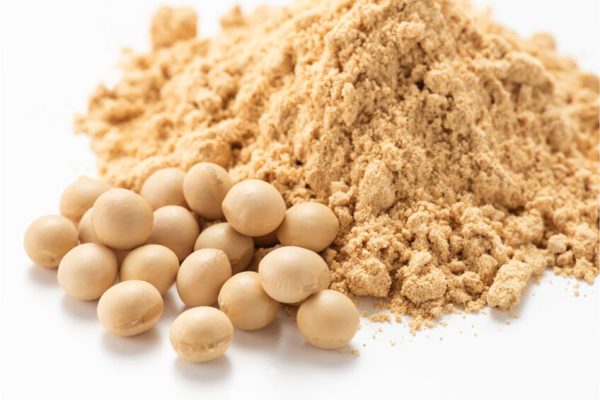Protein is not only the material basis of life, but also the basis of the food industry. When the world industry enters the 4.0 era, the food industry has also undergone earth-shaking changes, from the previous color, aroma and taste as the main tone, to a new level of palatability and nutrition, and palatability not only includes The requirements for color, aroma and taste, and the strict definition of taste. It can be said that what modern food processing pays attention to is also the “five in one” of the food industry. In the construction of the “five-in-one” food industry, protein is a key link. It not only undertakes the important task of improving palatability, but also endows food with more nutrition. Therefore, when evaluating the quality of protein, processing characteristics and nutritional properties are two core indicators.

In the field of food processing, the status of soy protein is second to none. With the continuous enrichment of the diversity of protein resources, more and more proteins are pouring into the market, but none of them can shake the position of soy protein, especially soy protein has firmly occupied the top spot of processed protein. The reason why soy protein is widely used is that the core element at present is that the total amount of resources is abundant, which can meet the large-scale consumption of the food industry, and the processing cost of soy protein is low, and it can form a benign and orderly industrial chain. High animal protein forms a stark contrast. Of course, the abundance of resources is only the foundation, and the key to its application is still its excellent processing performance and extraordinary nutrition.
Processed protein must have good processing characteristics to be put into the processing process. Soy protein has good performance output in terms of solubility, foaming, gelling, emulsifying, water retention and amphipathic properties. Solubility is the basis of food processing, if it cannot be dissolved well, it will not be able to play its due role. The isoelectric point of vegetable protein is mostly between pH 4.0-4.5, and the pH in food processing is mostly higher than the isoelectric point. The dispersion caused by electrostatic repulsion will continue to improve, and the solubility can basically be guaranteed. And plant protein has salt-soluble properties, which will increase solubility when it encounters other electrolytes. In addition, vegetable protein has the best solubility at 50°C-60°C, which can meet the preparation requirements of food processing. The change trend of the foamability and emulsification of vegetable protein tends to be basically the same as the solubility, because only when it is dissolved can it play other functional roles.
The processing characteristics of soybean protein have been verified in practice. With the rise of other beans such as chickpeas, peas, kidney beans, etc., other beans have also entered the processing field, and they also have good performance in processing characteristics. The research of the international food journal “FoodHydrocolloids” pointed out that soybean protein, pea protein, mung bean protein, black bean protein, red bean protein, adzuki bean protein, black kidney bean protein, milk kidney bean protein, chickpea protein and cowpea protein do not have much emulsifying ability. There is a large difference, and the gel concentration of mung bean protein, black kidney bean protein, milk kidney bean protein and cowpea protein is lower than that of soybean protein under certain conditions. It can be seen that soy protein has excellent processing characteristics.
Modified protein is a protein product with better processing properties obtained by adding certain functional groups on the basis of protein by physical or chemical methods. This type of product has better processing performance and can reduce volume and increase efficiency. . The development of modified protein depends on the progress of modification technology and the continuous deepening of related research. Soy protein can provide a continuous resource supply for modified protein with its huge reserve.
Soy protein has always been an ideal substitute for animal protein, and its comprehensive amino acid composition is currently the only plant-based complete protein. The amino acid composition of soy protein is similar to that of milk protein, except that methionine is slightly lower, and the content of other essential amino acids is relatively rich. At the same time, soybean protein not only does not contain cholesterol, but also contains lipids that are beneficial to the human body. In recent years, pea protein and chickpea protein, which are also rich in resources, have gradually become known to everyone. Although their protein quality is not as good as soybean protein, other soy proteins are also very good choices under the background of global resource shortage.
In terms of nutrition, soy protein is not the highest score. There are many other vegetable proteins with higher nutritional scores than soy protein, such as spinach protein and some seed proteins. Although they are slightly lower in protein titer, they are The overall score is higher. However, due to the small amount of resources of this kind of protein and the high cost of extraction, it cannot be put into practical application, and related industries and technologies still need continuous development.
Diversified protein is the need of social development and a new channel to meet the protein demand. In addition to niche protein, algae protein has also developed smoothly in recent years, and it has the momentum to catch up with soy protein. However, algae protein currently claims to be more nutritious, and it is still slightly insufficient in the display of processing characteristics. The innovation of extraction and processing technology may provide a new development idea for diversified proteins.
